Apr 6, 2022 · California became the second state in the nation after Vermont to make large-scale composting required by law when SB 1383 was passed in 2016. The law went into effect this January and requires
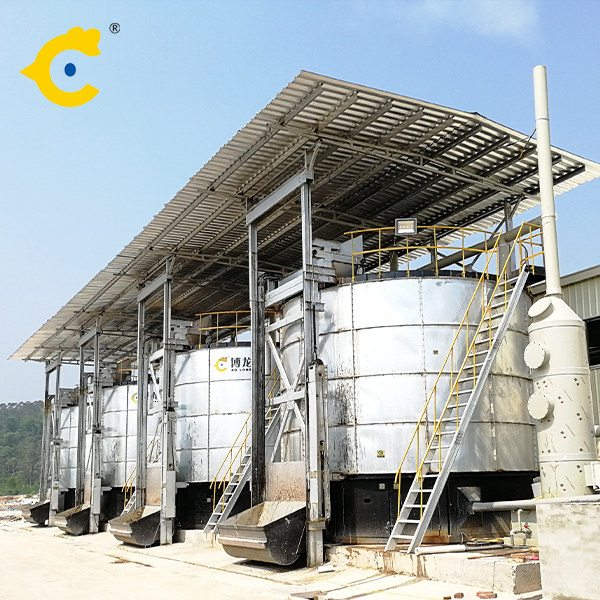
Apr 6, 2022 · California became the second state in the nation after Vermont to make large-scale composting required by law when SB 1383 was passed in 2016. The law went into effect this January and requires
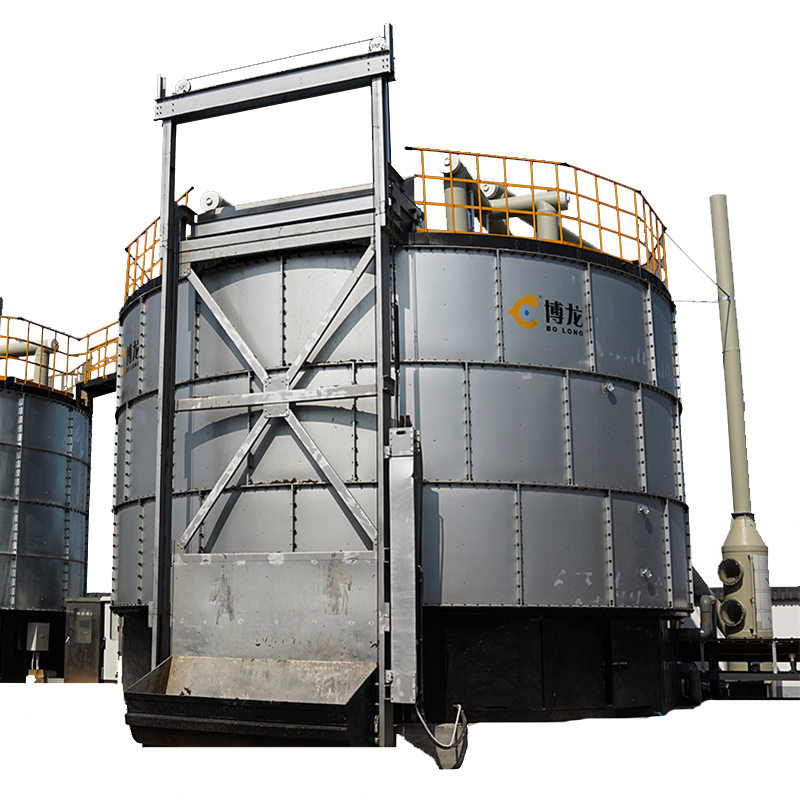
Jan 20, 2022 · During the active composting period, the temperature stays in the range of 120-170 degrees Fahrenheit (49-77 degrees Celsius); moisture levels are kept between 40% to 60% to support the growth of naturally occurring micro-organisms that break down the waste. Private commercial composting began during the 1970s.
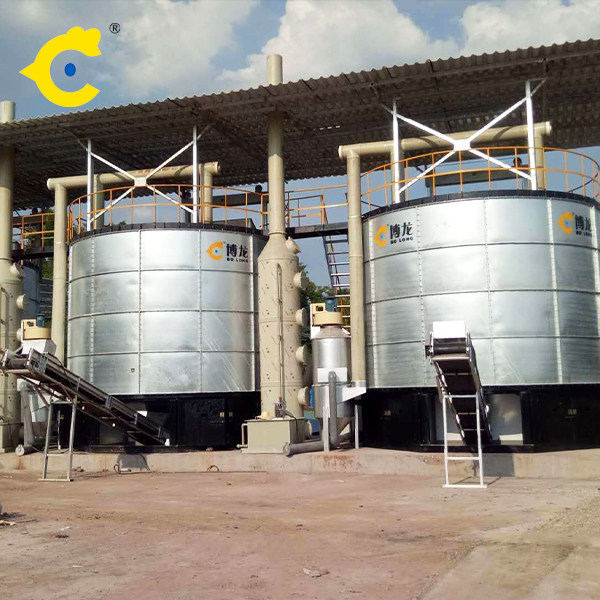
Dec 4, 2022 · Posted December 4, 2022. in Composting, Gardening, Homesteading. By Kevin Pritchett. Most people know about basic composting in a bin, but creating a large scale composting system on a hobby farm or homestead has many benefits. Learn to utilize the free organic waste from your yard, barn, and home.

Aug 8, 2017 · Windrow composting. This composting process uses long piles of compost known as windrows, rather than large piles. Windrow composting is especially efficient because it allows for the proper temperature and bacterial growth, as well as the correct amount of oxygen flow. This method is one of the best for large-scale jobs, like high volume food
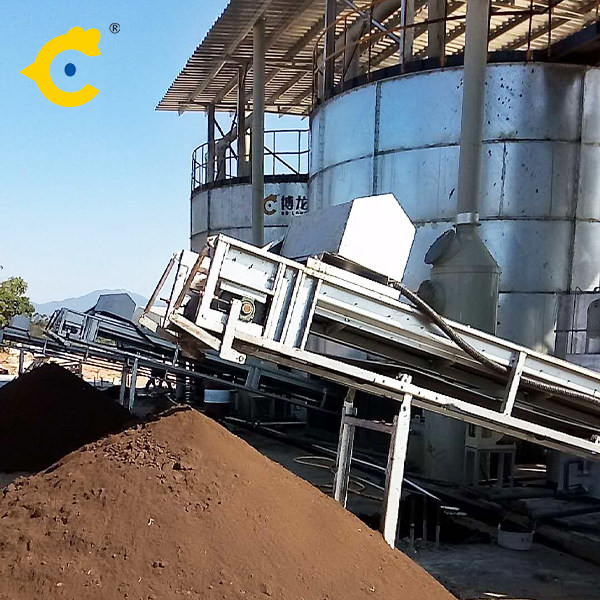
Dec 12, 2023 · Organic materials, such as wasted food, dry leaves, and untreated wood chips, are separated from other materials such as packaging, and collected to be composted. These materials are known as feedstocks in the composting process. The feedstocks are mixed in a composting system, or pile, to begin the decomposition process.
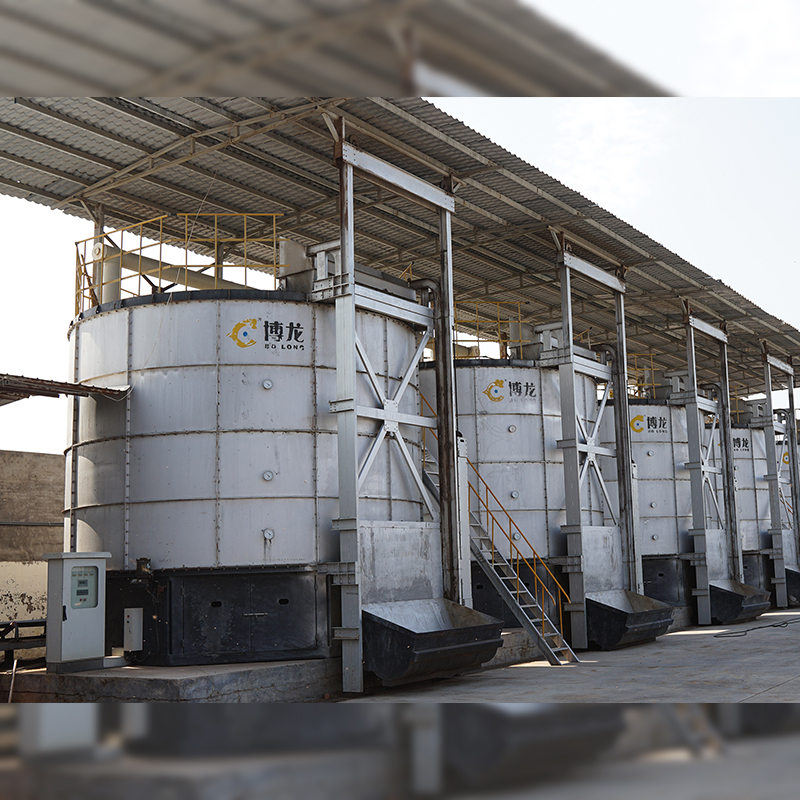
Ideal Carbon-to-Nitrogen Ratio for Commercial Composting. Large-scale municipal composting facilities collect these wastes from garbage collection and recycling agencies. You might have seen distinct green waste bins for collecting yard trimmings and garden waste. Compostable and biodegradable organic material is managed separately from other

A large fraction of the waste stream is comprised of organic residuals that can be turned from a waste into a useful soil amendment through composting. CWMI addresses a broad range of residuals including manure, yard and food wastes, and mortalities and a wide array of audiences including households, schools, farms, municipalities and private entities.

The Composting Handbook is the single guide to the latest science, principles and best practices for composting for farm and large-scale commercial composting operations. It provides insights on variety of opportunities and challenges for converting raw organic materials into a useful and marketable product. The Composting Handbook expands on
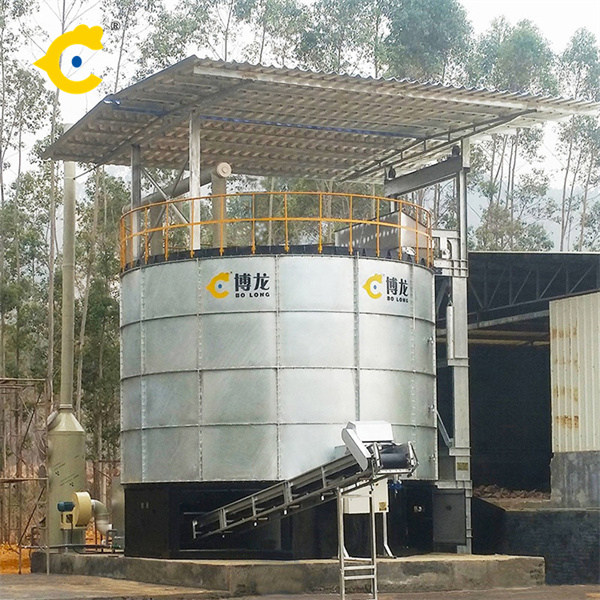
Jan 10, 2022 · Forest Abbott-Lum (MEM ’21), Composter in Residence at the Yale Sustainable Food Program, describes composting as “the managed process of decomposition.”. “When a leaf falls from a tree onto the forest floor, it turns into this rich organic material called humus when it decomposes,” Abbott-Lum says. “Composting is when we take

Description. The Composting Handbook provides a single guide to the science, principles and best practices of composting for large-scale composting operations facing a variety of opportunities and challenges converting raw organic materials into a useful and marketable product.

Dec 6, 2019 · Heating Up Your Composting Piles. It is really important to get your pile of materials up to the right temperature. If you do not get the temperature up high enough it will not break down the materials and may start to smell. This is where you would tweak your pile and maybe add some more green into the pile.

May 17, 2022 · The first step in the organic waste management of recycling is the collection of waste materials which can either be on a small scale in a kitchen or on a large scale in industries. A sufficient amount of waste matter needs to be collected in appropriate bags so that they can be moved to the site of recycling.
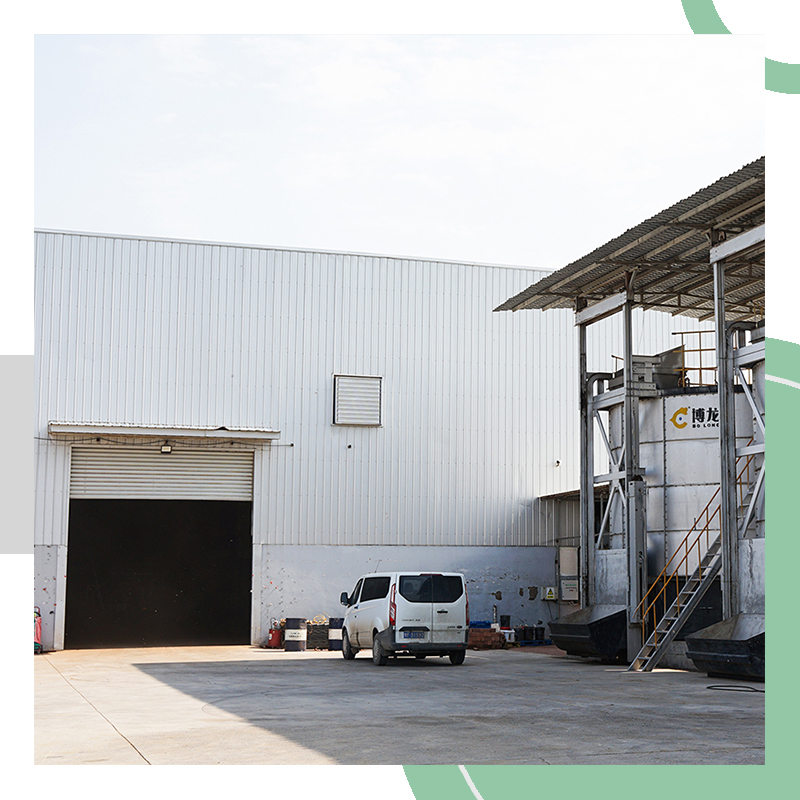
Dec 31, 2015 · The results of an experimental trial with waste wool determined that a 25 % waste wool, 50 % grass clipping, and 25 % horse stall waste mixture provided the optimal results for composting in a large-scale manner. Separation of compacted wool, if transported in wrapped bundles, proved essential for allowing sufficient decomposition of the waste

each type of composting facility; however, windrow composting is known to be the common practice. In the United Kingdom, for instance, windrow composting is the dominant technology, with 79% of all green waste processed, as compared to 11% for in‐vessel composting

Jun 11, 2020 · Microbes make compost by breaking down organic matter, such as food scraps. Large-scale municipal composting is a public resource that can reduce food waste, cut greenhouse gas emissions and ...